When the nine justices on the Supreme Court gather behind closed doors for their weekly conference on May 16th, two bans on so-called assault weapons will be among the cases they'll be considering for acceptance. The Court has officially calendered Bianchi v. Brown, which is a challenge to Maryland's ban on "assault weapons, as well as several affiliated lawsuits that are taking on Illinois' ban on "assault weapons" and "large capacity" magazines, for distribution at its May 16th conference. That doesn't guarantee that there'll be four justices willing to grant cert to either challenge, but Second Amendment advocates are cautiously optimistic that one or both of the bans will face scrutiny by the Court this fall.
Second Amendment Foundation founder and executive vice president Alan Gottlieb said he's encouraged that the five cases have been distributed for the same conference, and believes it “could be the signal for which we have been waiting, that the Supreme Court may be ready to consider cases challenging bans on the most popular firearm in America today and their magazines."
In their reply brief to the Supreme Court in Barnett v. Raoul, attorneys for Federal Firearms Licensees of Illinois, Guns Save Life, and the National Shooting Sports Association offered a compelling argument in support of SCOTUS taking up the Illinois gun and magazine ban lawsuits now, rather than waiting for the Seventh Circuit to issue a final judgment about the prohibitions.
States are just as bound as lower courts by this Court’s pronouncements of constitutional law. Yet Illinois is not alone in responding to Bruen with defiance instead of compliance. In the less than two years since Bruen, the lesson many of the states whose “may-issue” regimes Bruen invalidated have learned is that it is politically expedient to protest Bruen by greeting its reaffirmation of the Second Amendment with new restrictions on Second Amendment rights. Those new restrictions on everything from who may obtain and carry arms, to which arms they may possess, to where they may carry them, and more, have been passed reflexively, with states not even bothering to examine whether they find any purchase in historical tradition. Indeed, it has become commonplace for states defending new firearms restrictions to plead for more time to examine the historical record that should have been considered before they were enacted.
More troubling still, the public record is replete with examples of state officials acknowledging that they passed these post-Bruen measures in an avowed effort to frustrate the exercise of the rights this Court recognized. See, e.g., State of N.Y., Governor Hochul Announces Extraordinary Session of the New York State Legislature to Begin on June 30 (June 24, 2022), (calling special session of state legislature to respond to “[t]he Supreme Court’s reckless and reprehensible decision”); N.J. Office ofthe Governor, Governor Murphy Signs Executive Order to Combat Gun Violence at 2:49, 3:22-3:54, 4:31-4:33 (June 24, 2022), (condemning Bruen as “dreadful,” “tragic,” and “misguided,” and expressing “outrage” that “ordinary citizens” have a“general right” “to carry firearms in public”).
It would be one thing if lower courts were strictly policing this unabashed resistance. But many courts have poured the old wine of Second-Amendment skepticism into new bottles (e.g., demanding threshold inquiries into whether firearms are “Arms”) and allowed this protest legislation to take effect. Indeed, respondents’ insistence that there is no circuit split on the question presented underscores the problem. The lack of a split is partially explained by the Ninth Circuit promptly resuming its uniform pre-Bruen practice of vacating and rehearing en banc any panel decision vindicating Second Amendment rights. Respondents note that the First Circuit recently turned down a capacity-limit challenge, but neglect to mention that it did so only by deeming capacity limits a “negligible” burden analogous to “bans on sawed-off shotguns”. And it hardly helps respondents’ cause that the Fourth Circuit en banced not one but two Second Amendment cases in the span of a day (one sua sponte, no less) after one produced an opinion vindicating Second Amendment rights and another appeared poised to do the same.
The lower courts have been playing all kinds of games with our right to keep and bear arms ever since the Heller decision was handed down in 2008, and despite getting chastised by the Supreme Court in Bruen, far too many district and appellate court judges are continuing to play fast and loose with the "text, history, and tradition" test spelled out in the Bruen decision. These abuses will continue as long as SCOTUS allows their decisions to go unchecked, and its long past time for the Court's intervention.
There are several options available to the justices when the cases are heard in conference in a couple of weeks. The Second Amendment Law Center, founded by longtime Second Amendment attorneys Chuck Michel and Steve Halbrook, has laid out the possible outcomes of the conference:
It could grant certiorari in full and hear the case in its next term. If that happens, the parties will submit more complete briefs on the merits, and oral argument will be heard likely sometime in the fall. Another alternative is for the Court to grant certiorari, vacate the Seventh Circuit’s ruling, and remand it back to that court for further proceedings. This would be a scenario in which the Supreme Court is not quite ready to hear the case but does want to give the Seventh Circuit guidance on how to correct errors in its legal analysis. Finally, there is always the possibility that the Court opts to deny review entirely, preferring to hear the case following a final judgment.
The Court has taken Door #3 every time gun owners have requested emergency relief over the past two years; turning away challenges to New York's post-Bruen carry regime as well as a previous request to intervene in the Illinois lawsuits. Since then, though, we've seen some pretty egregious moves by lower courts, including the Fourth Circuit shenanigans covered in the Barnett v. Raoul brief (and extensively discussed in the Bianchi briefs). I hope that's enough to persuade one or two more justices to agree that it's time for the Court to step in? Otherwise, we could be waiting a year or more for relief, and who knows what the makeup of the Court will be at that point.



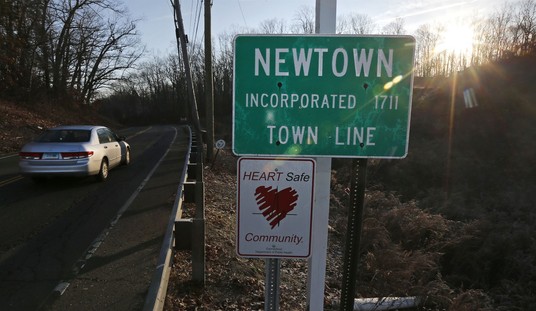

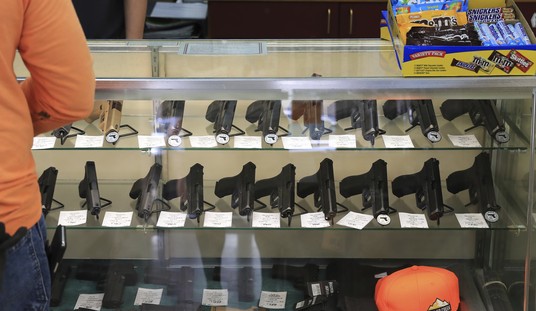
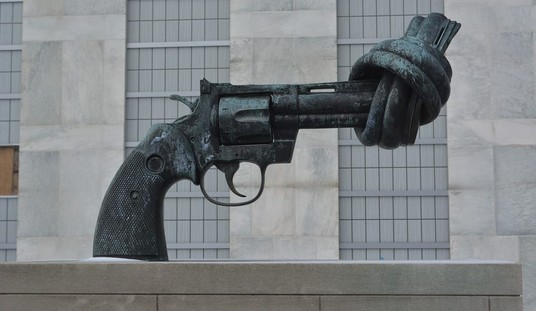
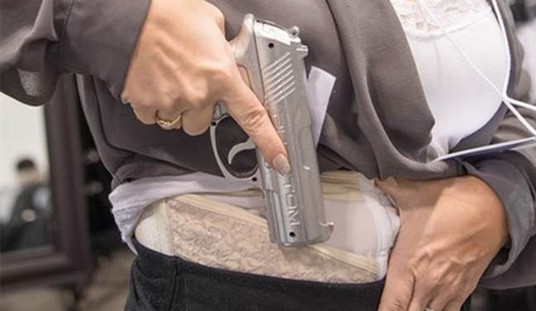
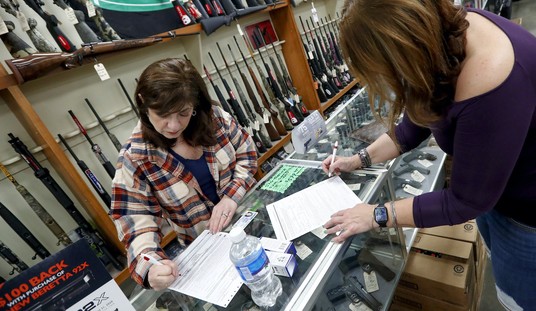
Join the conversation as a VIP Member